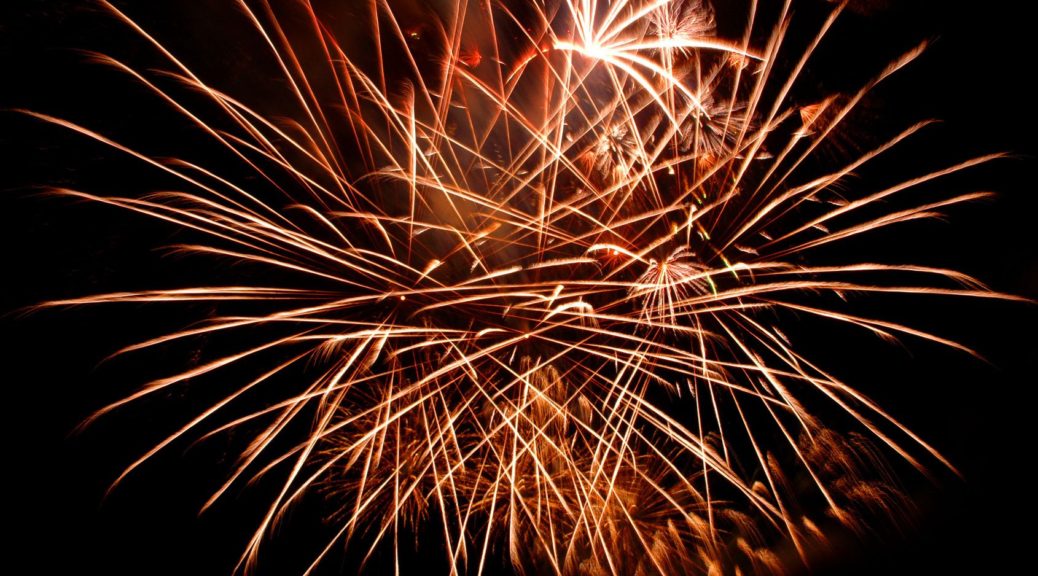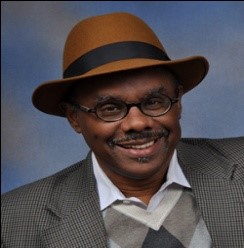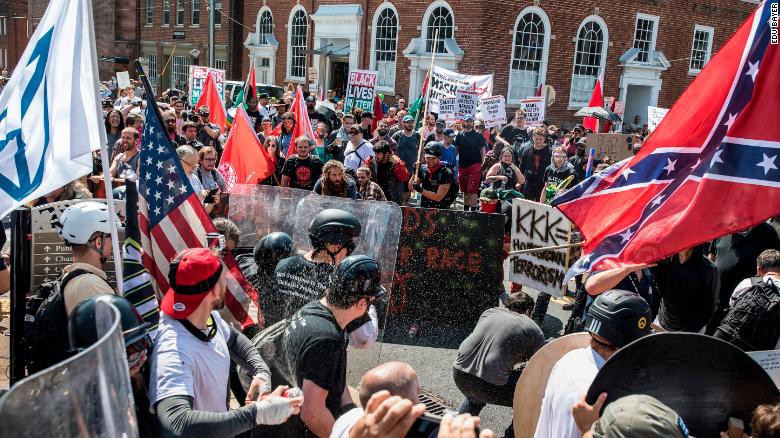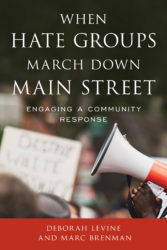Originally published in The Chattanooga Times Free Press
Many quotes by Martin Luther King, Jr. were posted on line this week. A fellow Chattanooga colleague got my attention with, “Our lives begin to end the day we become silent about things that matter.” Then I got an email from a synagogue buddy asking me why Diversity, Equity and Inclusion (DEI) was being silenced and suggested that I write about this for my TFP column. Interesting coincidence! But I was busy mailing a DEI book that I’d written. Holding the book in one hand, I picked up an unmarked envelope mailer only to find that there was something already in it. And that’s when coincidence became weirdness.
Continue reading Hate and the cost of silence – by Deborah Levine





 FBI Director Christopher Wray recently told Congress the following about hate groups: “A majority of the racially motivated violent extremist domestic terrorism is at the hands of white supremacists.”
FBI Director Christopher Wray recently told Congress the following about hate groups: “A majority of the racially motivated violent extremist domestic terrorism is at the hands of white supremacists.”